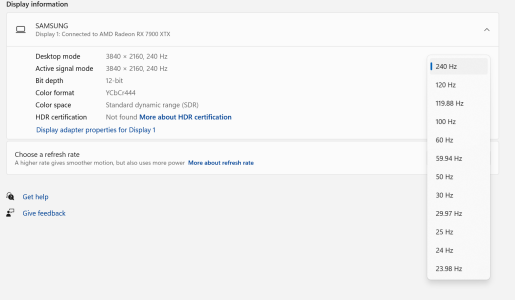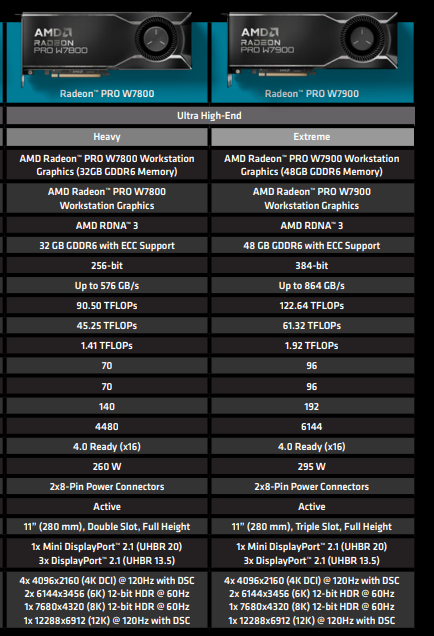What settings do you use, I imagine that you have at least enabled game bar to get 240 hz to work? Have you tried out using screen ratio to make the image a bit lower in height? Personally I found that 65" full screen is way to big for any kind of normal PC gaming, ie with you sitting less than one meter away.
From the QN900C I also get the feeling that most if not all that fancy AI stuff is disabled in game mode, it is basically an upscaler then.
From a strict PQ perspective, at least if you disregard brightness, OLED is simply superior to anything LCD based. That said, the QN900C stod up surprisingly well even to the 32" QDOLEDs, much because of that extra brightness.
I just tried 21:9 the scaling is nice for reading forums etc as well, but it's still full screen in desktop mode at least.
Not tried that in any games yet.
Yeah I'm more impressed with the TV from a distance than as close I am to it, and of course at 8K this thing is amazing, but outside of desktop, not too many games can run well there, I may tr some more simple games and see how they do.
![[H]ard|Forum](/styles/hardforum/xenforo/logo_dark.png)

